"Botanical Institutions of Jamaica." Bulletin of Miscellaneous Information (Royal Gardens, Kew), Vol. 1906, No. 3 (1906): 61-68
Broughton, Arthur. Hortus Eastensis: Or, A Catalogue of Exotic Plants Cultivated in The Botanic Garden, in the Mountains of Liguanea, in the Island of Jamaica. To Which Are Added, Their English Names, Native Places of Growth, By Whom Introduced, and, As Far As Can Be Ascertained, the Epoch of their Introduction, &c. &c. A New Edition. Jamaica: Alexander Aikman, M.DCC.XCIV (1794).
- Available via HathiTrust at: http://catalog.hathitrust.org/Record/011633496
Clammer, Paul; and Sainsbury, Brendan. 2014. Jamaica. Lonely Planet Travel Guide.
Cundall, Frank. Historic Jamaica. With Fifty-Two Illustrations. London: West India Committee (for Institute of Jamaica), 1915.
- Available at: http://archive.org/details/cu31924020417527
Cundall, Frank. Studies in Jamaica History. With illustrations by Mrs Lionel Lee. London: Sampson Low, Marston and Co. (for Institute of Jamaica), 1900.
- Available via Internet Archive at: http://archive.org/details/ cu31924020438929
"Cunha Cunha Pass -- Hiking Blue Mountains, with Family & Friends." Jamaica Tour Society. May 24, 2014. Laura Goodman. Blog. jamaicatoursociety.org
- Available at: http://jamaicatoursociety.org/cunha-cunha-pass-hiking/
"1802 Jamaica Almanac Public Officers." Jamaican Family Search Genealogy Research Library. Retrieved October 13, 2014.
- Available at: http://www.jamaicanfamilysearch.com/Members/1802al05.htm
Fawcett, William. "The Public Gardens and Plantations of Jamaica." Botanical Gazette, Vol. 24 No. 5 (November 1897): 345-369.
Hemsley, W. Bottom. The Gallery of Marianne North's Paintings of Plants and Their Homes, Royal Gardens, Kew: Descriptive Catalogue. London: Spottiswoode & Co., 1882.
- Available via Internet Archive at: https://archive.org/details/gallerymarianne01hemsgoog
Higman, B.W. Jamaica Surveyed: Plantation Maps and Plans of the Eighteenth and Nineteenth Centuries. Kingston: University of West Indies Press, 2001.
"Hope Botanical Gardens." Visit Jamaica: Things To Do > Honeymoon Attractions. Retrieved October 13, 2014.
- Available at: http://www.visitjamaica.com/hope-botanical-gardens
Mayntz, Melissa. "Hope Gardens." About.com: About Home > Birding / Wild Birds > Birding Travel. Retrieved October 13, 2014.
- Available at: http://birding.about.com/od/birdingtravel/gr/Jamaica-Hope-Gardens.htm
"Jamaica and Jamaican Food." Food Reference: Food Trivia & Facts > Jaboticaba to Junket > Jamaican Food. Retrieved October 13, 2014.
- Available at: http://www.foodreference.com/html/f-jamaica-food-trivia.html
"Jamaica's Botantical [sic] Gardens: Worth More Than Gold." Jamaica Gleaner. Retrieved October 13, 2014.
- Available at: http://jamaica-gleaner.com/pages/history/story0021.html
Mordecai, Morton. "Cinchona 'The Nearest Place to Heaven.'" Jamaica Journal, Vol. 17 No. 2 (May 1984): 2-9.
North, Marianne. Recollections of a Happy Life: Being the Autobiography of Marianne North. Edited by her Sister, Mrs. John Addington Symonds. In two volumes. Vol. I. New York and London: Macmillan and Co., 1894.
- Available via Internet Archive at: https://archive.org/details/recollectionsofh01nortuoft
"Public Gardens & Avenues." Ministry of Agriculture & Fisheries. Retrieved October 13, 2014.
- Available at: http://moa.gov.jm/Gardens/index.php
"1776 Jamaica Almanac." Jamaican Family Search Genealogy Research Library. Retrieved October 13, 2014.
- Available at: http://www.jamaicanfamilysearch.com/Members/1776al01.htm
Wiles, James, ed. Hortus Eastensis: Or, A Catalogue of Exotic Plants Cultivated in The Botanic Garden, in the Mountains of Liguanea, in the Island of Jamaica. To Which Are Added, Their English Names, Native Places of Growth, By Whom Introduced, and, As Far As Can Be Ascertained, the Epoch of their Introduction, &c. &c. A New Edition. Jamaica: Alexander Aikman, Junior, 1806.
- Available via HathiTrust at: http://catalog.hathitrust.org/Record/009713465
Wiltshire, Ernest. "Jamaican Estates in 1837: Extracts from The West Indies in 1837; Being the Journal of a Visit to Antigua, Montserrat, Dominica, St. Lucia, Barbados, and Jamaica; Undertaken for the Purpose of Ascertaining the Actual Condition of the Negro Population of Those Islands by Joseph Sturge & Thomas Harvey, London, Hamilton, Adams & Co. 1838." Ancestry.com: Rootsweb. Retrieved October 13, 2014.
- Available at: http://www.rootsweb.ancestry.com/~jamwgw/1837esta.htm
Wood, Delroy. 5 September 2011. "Road Trip! -- Hope Gardens." The Juice Man: Family Life. Retrieved October 13, 2014.
- Available at: http://www.juicemanonline.com/jm/parents-corner/family-life/item/67-road-trip-hope-gardens?tmpl=component&print=1


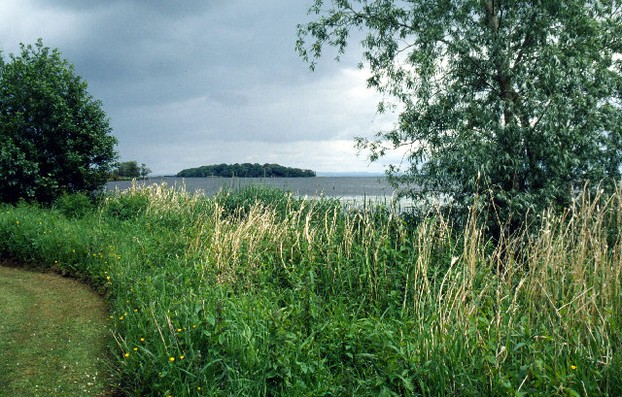
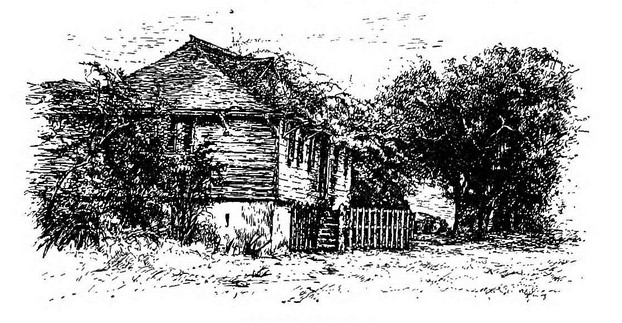
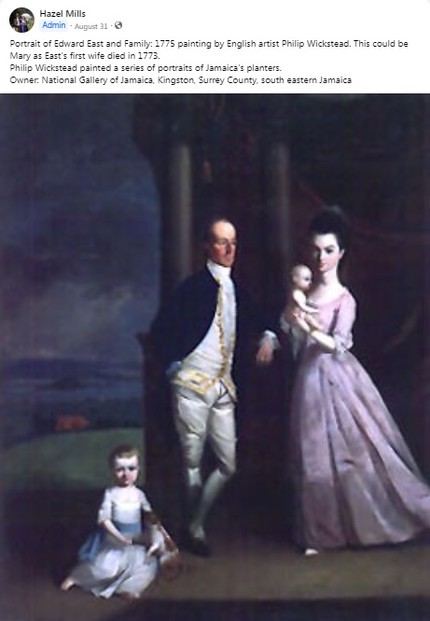
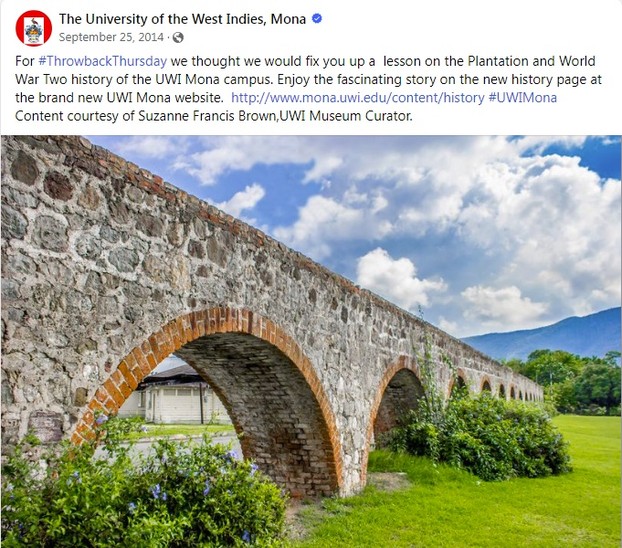
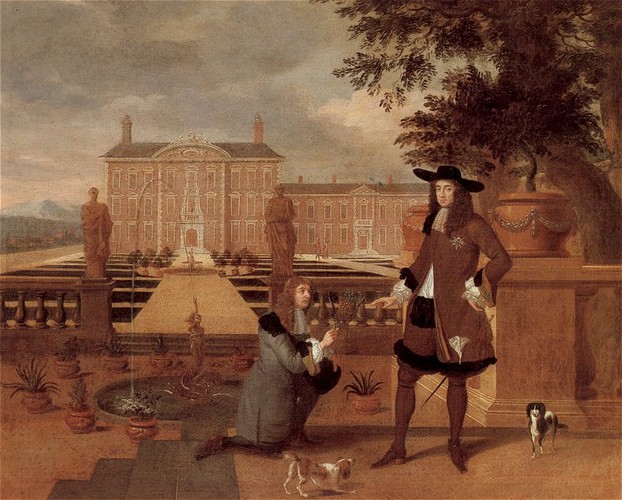
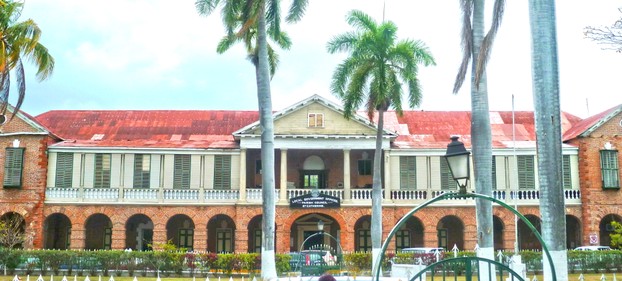
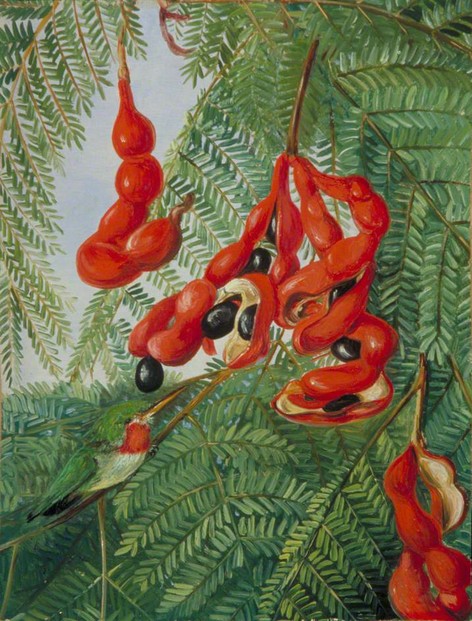
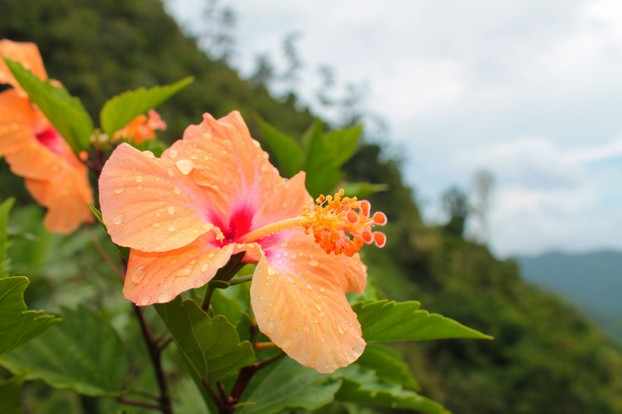
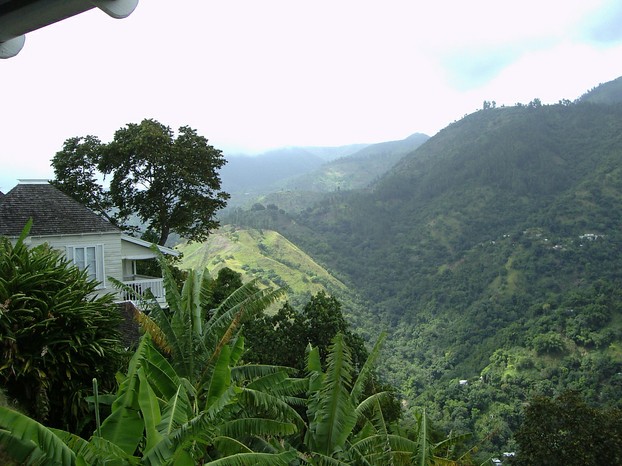
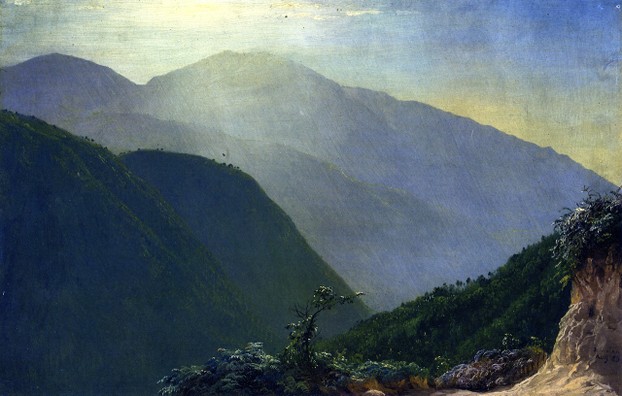
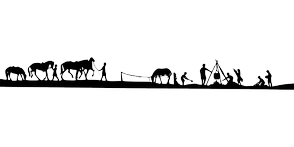




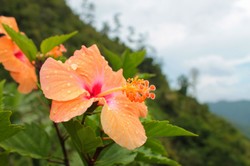

 Are Hawaiian Huakai Po Nightmarchers Avenging Halloween Thursday?on 10/02/2024
Are Hawaiian Huakai Po Nightmarchers Avenging Halloween Thursday?on 10/02/2024
 Mailing Addresses for 2023 Form 4868 Extending 1040 and 1040SR April 15, 2024, Due Dateon 04/15/2024
Mailing Addresses for 2023 Form 4868 Extending 1040 and 1040SR April 15, 2024, Due Dateon 04/15/2024
 Mailing Addresses for 2023 Forms 1040 and 1040SR Filed in 2024on 04/15/2024
Mailing Addresses for 2023 Forms 1040 and 1040SR Filed in 2024on 04/15/2024
 Mailing Addresses for 2022 Form 4868 Extending 1040 and 1040SR April 18, 2023, Due Dateon 04/13/2023
Mailing Addresses for 2022 Form 4868 Extending 1040 and 1040SR April 18, 2023, Due Dateon 04/13/2023

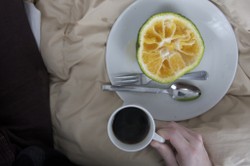
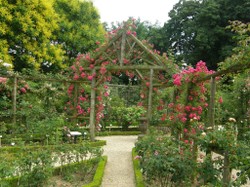
Comments